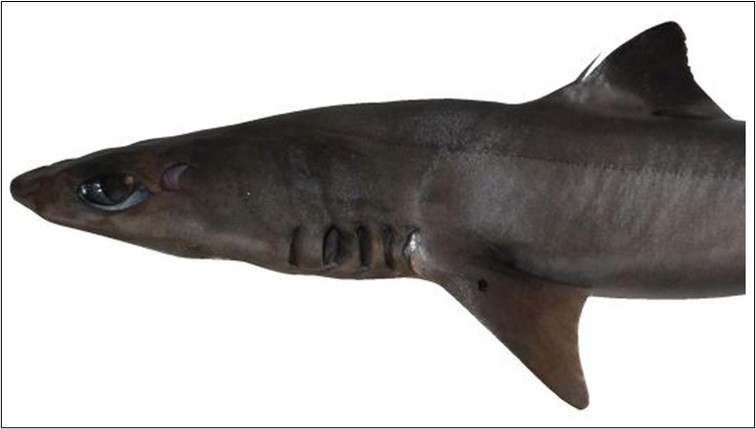A new study claims that a bimetallic Nickel-Iron layered double hydroxide system is the most efficient for oxygen production through water splitting.
Water splitting is a sustainable and eco-friendly method to generate green and pure H2 and O2 on a large scale without harming flora and fauna.
Reference
Chandipura virus
Recently 6 children have died due to suspected Chandipura virus Infection (CHPV) in Gujarat.
RNA virus is a virus that has single-stranded as well as double-stranded RNA as its genetic material.
The Rhabdoviridae family are bullet-shaped, negative-sense single-stranded RNA (ssRNA) viruses which also includes the rabies virus.
Reference
Indian Express | Chandipura virus
The Centre has formed a single-member committee to review all documents submitted by probationary IAS officer Puja Khedkar for her civil services candidature.
Reference
The Indian Express | Rules governing civil servants
Scientists from the Zoological Survey of India (ZSI) have discovered a new species Squalus hima from Sakthikulangara fishing harbour in Kerala along the Arabian Sea.

Reference